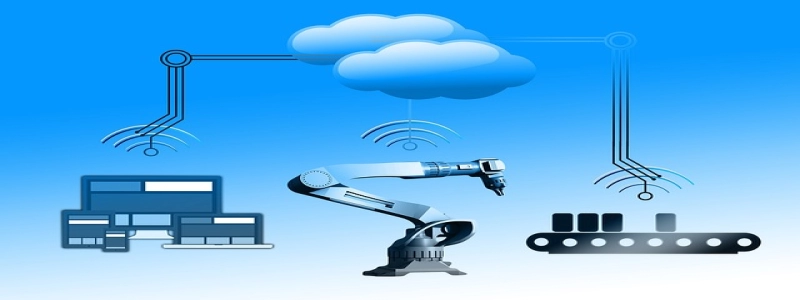Difference between Multimode and Single Mode Fiber
Introduction
Fiber optic cables have revolutionized the telecommunications industry by enabling high-speed data transmission over long distances. There are two main types of fiber optic cables: multimode fiber and single mode fiber. In this article, we will explore the differences between these two types of fiber and their applications.
I. Definition and Structure
A. Multimode fiber:
1. Definition: Multimode fiber is a type of fiber optic cable that can carry multiple light rays or modes simultaneously.
2. Structure: Multimode fiber has a larger core diameter, typically around 50 to 62.5 micrometers, which allows multiple modes of light to propagate through the fiber.
B. Single mode fiber:
1. Definition: Single mode fiber is a type of fiber optic cable that can carry only a single light ray or mode.
2. Structure: Single mode fiber has a smaller core diameter, usually around 9 micrometers, which allows only a single mode of light to propagate through the fiber.
II. Mode Distortion
A. Multimode fiber:
1. Mode dispersion: Due to the larger core diameter, multimode fiber is more susceptible to modal dispersion, which occurs when different light modes arrive at the receiver at different times. This can limit the maximum distance for transmission and reduce signal quality.
2. Modal noise: When multiple modes of light travel through multimode fiber, they may interact with each other, resulting in modal noise, which leads to signal degradation.
B. Single mode fiber:
1. Mode dispersion: Single mode fiber experiences less mode dispersion due to the smaller core diameter, allowing for longer transmission distances and better signal quality.
2. Minimal modal noise: Since only a single mode of light is transmitted through single mode fiber, there is minimal modal noise, resulting in improved signal integrity.
III. Transmission Distance
A. Multimode fiber:
1. Limited distance: Due to mode dispersion and modal noise, multimode fiber has a shorter maximum transmission distance compared to single mode fiber.
2. Suitable for short-range applications: Multimode fiber is commonly used for short-distance applications, such as local area networks (LANs) and premises cabling.
B. Single mode fiber:
1. Extended distance: Single mode fiber enables transmission over much longer distances, making it suitable for long-haul applications, such as long-distance data communication and telecommunications networks.
2. Higher bandwidth capability: Single mode fiber can support higher bandwidth due to its low attenuation, which allows for more data to be transmitted over longer distances without significant signal degradation.
IV. Cost
A. Multimode fiber:
1. Lower cost: Multimode fiber is generally less expensive compared to single mode fiber, making it a cost-effective choice for short-range communication needs.
2. Lower installation complexity: Multimode fiber typically uses larger connectors, which are easier to install and terminate, resulting in lower installation costs.
B. Single mode fiber:
1. Higher cost: Single mode fiber is generally more expensive than multimode fiber due to its smaller core diameter and advanced manufacturing processes.
2. Higher installation complexity: Single mode fiber requires more precise connectors and alignment, resulting in higher installation costs.
Conclusion
In summary, multimode and single mode fibers are two distinct types of fiber optic cables with significant differences in structure, performance, and cost. Multimode fiber is suitable for short-range applications with moderate data transmission requirements, while single mode fiber excels in long-distance, high-bandwidth communication needs. Understanding these differences can help in selecting the most appropriate fiber optic cable for specific networking requirements.








